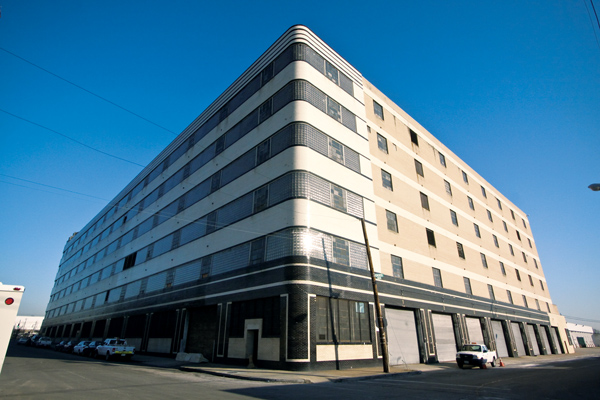About 1,200 area landmarks are designated as historically significant, by either DC’s preservation office or the federal National Register of Historic Places. Here are some examples.
Treasury Building. Begun in 1836, it blocks the view between the White House and Capitol.
Rachel Carson House. The author of Silent Spring lived in a 1956 ranch-style home in suburban Maryland.
Japanese cherry trees. Encircling the Tidal Basin, they were a gift from Japan in 1912.
Saint John’s Episcopal Church. On Lafayette Square; many presidents have worshiped here since 1816.
Washington Canoe Club. Just up the Potomac from Key Bridge, this shingle-style structure was built in 1904.
Octagon House. Residence of President James Madison after the British burned the White House in 1814.
The Cairo. Outrage over the 156-foot-tall apartment house, built in 1894, led to DC’s height limitation.
Miniature-golf course. Built in 1931 in East Potomac Park, it is the sole remaining miniature course in DC.
Langston Terrace Dwellings. DC’s first public-housing project, in Northeast, was built during the Depression.
Morven Park. A 19th-century Greek Revival mansion stands at the center of this thousand-acre estate near Leesburg.
Dumbarton Oaks. Built in 1801, this Federal-style Georgetown house is surrounded by extensive gardens.
Shopping centers. Cleveland Park and Spring Valley centers, both auto-friendly, were built before World War II.
Western Union Radio Terminal. This tower on Wisconsin Avenue, built in 1947, experimented with radio beams as a replacement for wire telegraphy.
Jones Point Light. This 1855 Potomac River lighthouse in Alexandria is America’s oldest inland lighthouse.
Oak Hill Cemetery. Established in Georgetown in 1848, it is the resting place of many prominent Washingtonians.
Uline Arena. The 1941 arena was home to hockey, basketball, wrestling, a Beatles concert, and go-go music.
Lincoln Cottage. The house, on the grounds of the Armed Forces Retirement Home, was the President’s retreat.
Carnegie Library. Financed by Andrew Carnegie, the 1902 public library now houses DC’s historical society.
Avalon Theatre. A 1923 movie house in Chevy Chase DC, it was restored by neighborhood activists.
Cosmos Club. The 1900 mansion near Dupont Circle originally was the home of railroad magnate Richard Townsend.
Hay-Adams hotel. Homes of Henry Adams and John Hay were demolished to make room for the hotel in 1927.
Charles Drew House. The pioneering African-American physician lived in a small clapboard house in Arlington.
Aldie Mill. The Loudoun County grist mill, built in 1809, is one of several water-powered mills in the area.
Vice President’s residence. Once home of Naval Observatory superintendent; VPs have lived here since 1977.
Russian Embassy. Built on 16th Street by the wife of a railroad-car magnate. Soviets bought it after their revolution.
Pope-Leighey House. A small home designed by Frank Lloyd Wright in 1939.
Monocacy Aqueduct. Arched stone structure carries the C&O Canal over the Monocacy River in Frederick County.
This article first appeared in the March 2009 issue of The Washingtonian. For more articles from that issue, click here.


















